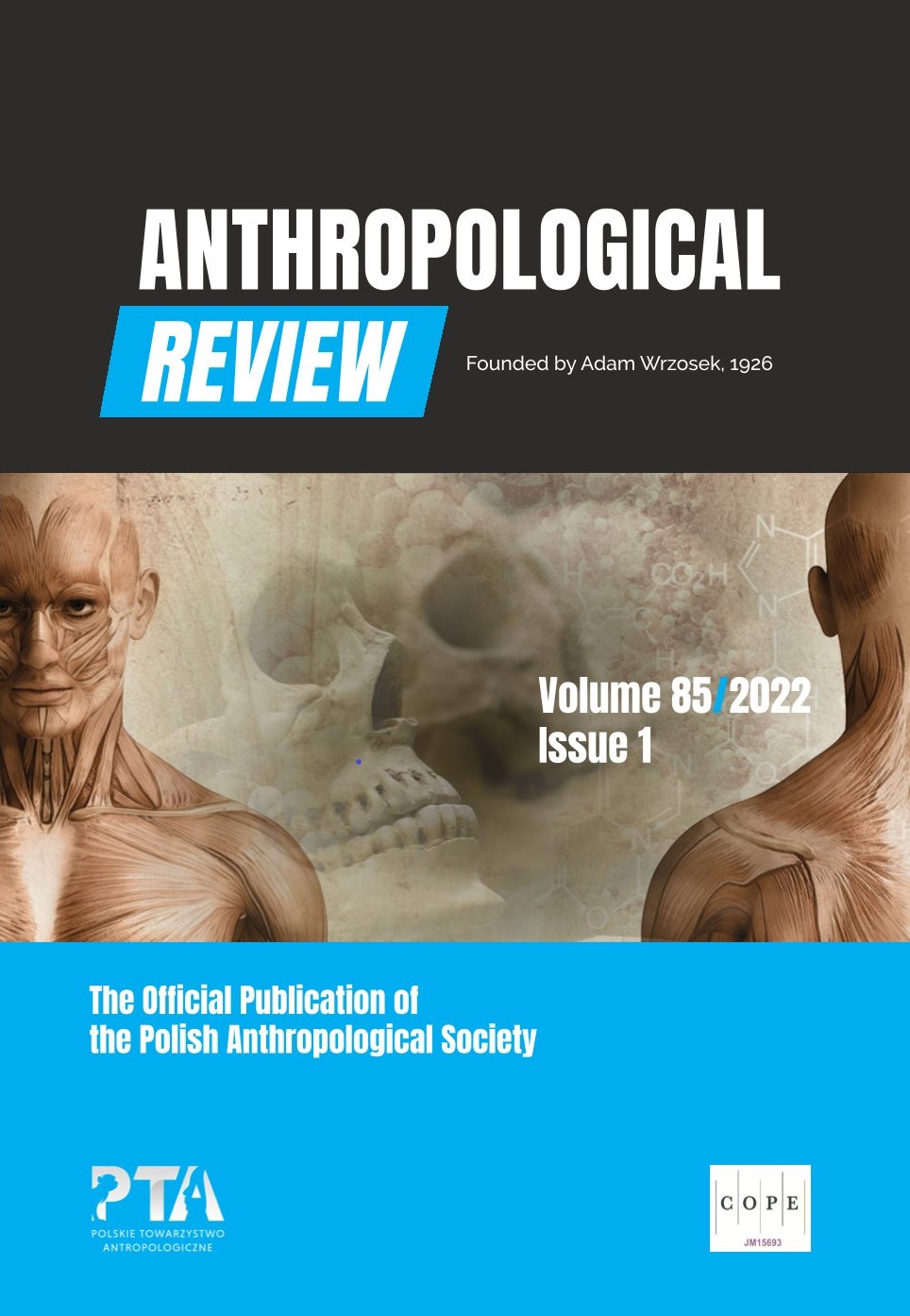Association of early menarche with elevated BMI, lower body height and relative leg length among 14- to 16-year-old post-menarcheal girls from a Maya community in Yucatan, Mexico
Association of early menarche with elevated BMI, lower body height and relative leg length among 14- to 16-year-old post-menarcheal girls from a Maya community in Yucatan, Mexico
Author(s): Sudip Datta BanikSubject(s): Social Sciences
Published by: Wydawnictwo Uniwersytetu Łódzkiego
Keywords: Early menarche; BMI; sitting height; leg length; body proportion
Summary/Abstract: Human body segments have different timing and tempo of growth. Early menarche (EM) as an indicator of early reproductive maturity results in a shortened height and leg length. Relatively larger trunk may increase risk for more body fat deposit and higher body mass index (BMI) due to the allometry of total body fat with body proportions. The objective of the study was to assess the association of EM with BMI, absolute body size [height, sitting height (SH), subischial leg length (SLL)] and relative body dimensions [sitting height to subischial leg length ratio (SHSLLR), relative subischial leg length (RSLL)] among 14- to 16-year-old post-menarcheal girls from a rural Maya community in Quintana Roo, Yucatan, Mexico. In a cross-sectional study, post-menarcheal girls (n=51) aged 14 to 16 years had EM (n=22) (<12 years of age) and not early menarche (NEM, n=29). Anthropometric measurements of height, weight, and SH were recorded. Derived variables were BMI, height and BMI-for-age z-scores, SLL, SHSLLR, and RSLL. Mean value of age at menarche (AM) was 13 years (EM 11 years, NEM 14 years). Mean values of height (EM 159 cm, NEM 164 cm), BMI (EM 20 kg/m2, NEM 19 kg/m2), sitting height (EM 81 cm, NEM 78 cm), SLL (EM 79 cm, NEM 85 cm), SHSLLR (EM 102.93%, NEM 92.03%), and RSLL (EM 49%, NEM 52%) were different (p<0.05) in the two groups. BMI showed significant negative correlation with AM (Pearson’s r=-0.29, p<0.04). Linear regression models adjusted for age showed that EM had different interrelationships (p<0.05) with body dimensions: positive with BMI, SH, SHSLLR, and negative with height, SLL, and RSLL. Earlier AM was associated with higher BMI, SH, SHSLLR and lower SLL, RSLL, explaining lower body height and leg length among the participant EM girls. In the light of life history theory, EM results in a growth trade-off, short stature and larger trunk relative to leg length that might enhance risk for body fat gain.
Journal: Anthropological Review
- Issue Year: 85/2022
- Issue No: 1
- Page Range: 85-100
- Page Count: 16
- Language: English

